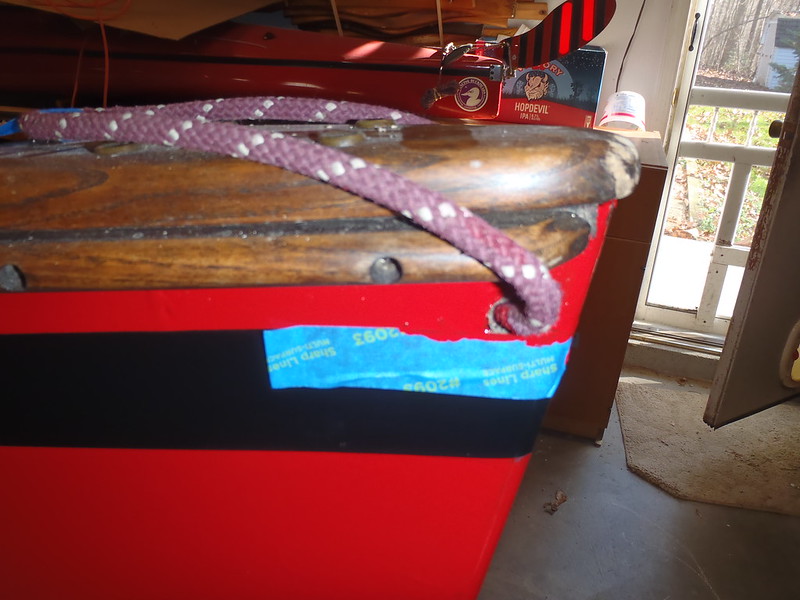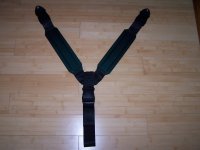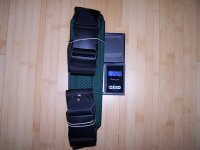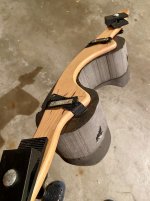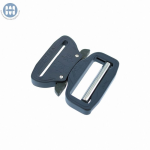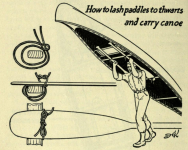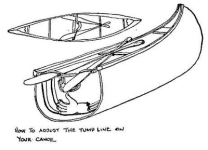“I've been quite pleased with the stainless adjustable webbing slider. Slightly lighter than 2 Drings, it performs admirably. Very easy to tighten, very easy to disengage, holds firmly when carrying. My demands on this piece of hardware have been light. The canoe is 42 pounds and perhaps my longest carry has been 200 yards. My sense is it would perform well on a heavier canoe and over longer distances, but I haven't tested these conditions.”
Perhaps a classic case of YMMV. Although the webbing slider was easy to tighten and disengage, and held firmly when shouldering the canoe, it did not work worth a dang when left tightened in place while car topping.
Without the pressure of a shouldered canoe the webbing wiggled loose through the slider almost immediately, within a mile of home on smoothly paved roads. I tried snugging the webbing uber tight; the good news is that was was still easy to disengage. So easy that it again came loose within a mile of home, with the webbing uh-oh whappity whapping against the cap roof.
Ok, I can fix that. I added a ladder lock to the webbing strap, so the bitter end of the webbing first goes through the webbing slider, then back through the ladder lock. That works to hold the webbing yoke in place during transport, but created other issues.
Instead of a quick and easy pass through and tighten I had now two tensioners to diddle with at a launch or take out, defeating the quick and easy aspect of a webbing yoke. And to pass the bitter end of the webbing through the ladder lock I needed to leave sufficient slack in the webbing, making it droopy enough that my noggin was dang close to the inside of the canoe.
For my purposes I’m calling the knurled webbing slider a fail.
I have purchased what I think will work, quickly, efficiently and reliably. Mentioned as a possible solution elsewhere in this thread, stainless steel cam buckles.
https://www.amazon.com/Heavy-Duty-S...1/2+stainless+steel+cam+buckle,aps,228&sr=8-8
316 stainless 1 ½” cam buckles because I have a roll of 1 ½” heavy duty poly webbing used when webbing canoe seats. I need to replace the webbing slider on a canoe, but I have confidence this solution will work.

